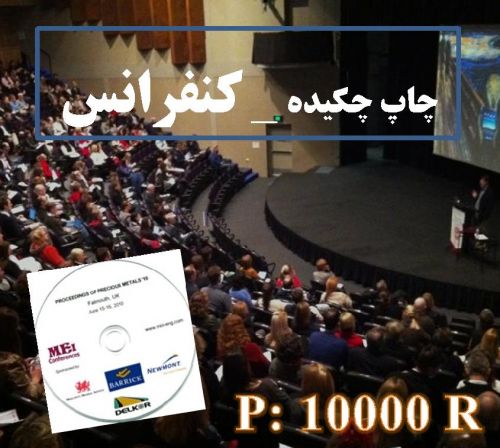Background: Iron deficiency is the most common nutritional disorder in the world, both in developing and developed countries, women and children of high prevalence. Therefore, this study aimed to assess the prevalence of iron deficiency anemia in women of reproductive age 15-49 years. Methods: This study is a systematic review by searching the databases Magiran, SID, Google scholar, Pubmed with the keywords anemia, iron deficiency, and women reproductive age took place during the years 2000 to 2015. Inclusion criteria Exclusion criteria of non-pregnant women of childbearing age and pregnant women were postmenopausal. Results: The results of different studies showed the highest prevalence of iron deficiency in girls is 15-19 years old. Between place of residence (rural and urban) and frequency of anemia was not statistically significant. Studies in different parts of the high prevalence of iron deficiency was found in 36.6%, as in the north, Zanjan 23.6%, 24% Shiraz, Tabriz 7.8%, the Caspian Sea coast 53%, 11.8% Kerman, Qazvin 14% and Arak was 11.2%. A study was conducted on urban and rural women's results showed that 33% of women suffer from iron deficiency anemia. As well as non-pregnant women take iron supplements during pregnancy had a five-fold risk of iron deficiency anemia the other women. Proper diet and iron supplementation, levels of economic and population education and compliance are among the factors affecting the delivery and regulation of iron deficiency anemia. CONCLUSIONS: The prevalence of iron deficiency anemia in women is moderate to high. Due to the impact of diet and iron supplements can be trained through the media in order to increase the information provided.
کلید واژگان :Anemia, iron deficiency, women reproductive age
ارزش ریالی : 100000 ریال
با پرداخت الکترونیک
جزئیات مقاله
- کد شناسه : 7150912250510370
- سال انتشار : 1395
- نوع مقاله : چکیده مقاله پذیرفته شده در کنفرانس ها(فایل کامل مقاله بارگزاری گردد)
- زبان : انگلیسی
- محل پذیرش : سومین کنگره سالیانه دانشجویان علوم پزشکی سبزوار
- برگزار کنندگان : دانشگاه علوم پزشکی سبزوار
- تاریخ ثبت : 1396/08/05 20:11:45
- ثبت کننده : یعقوب مدملی
- تعداد بازدید : 190
- تعداد فروش : 0
